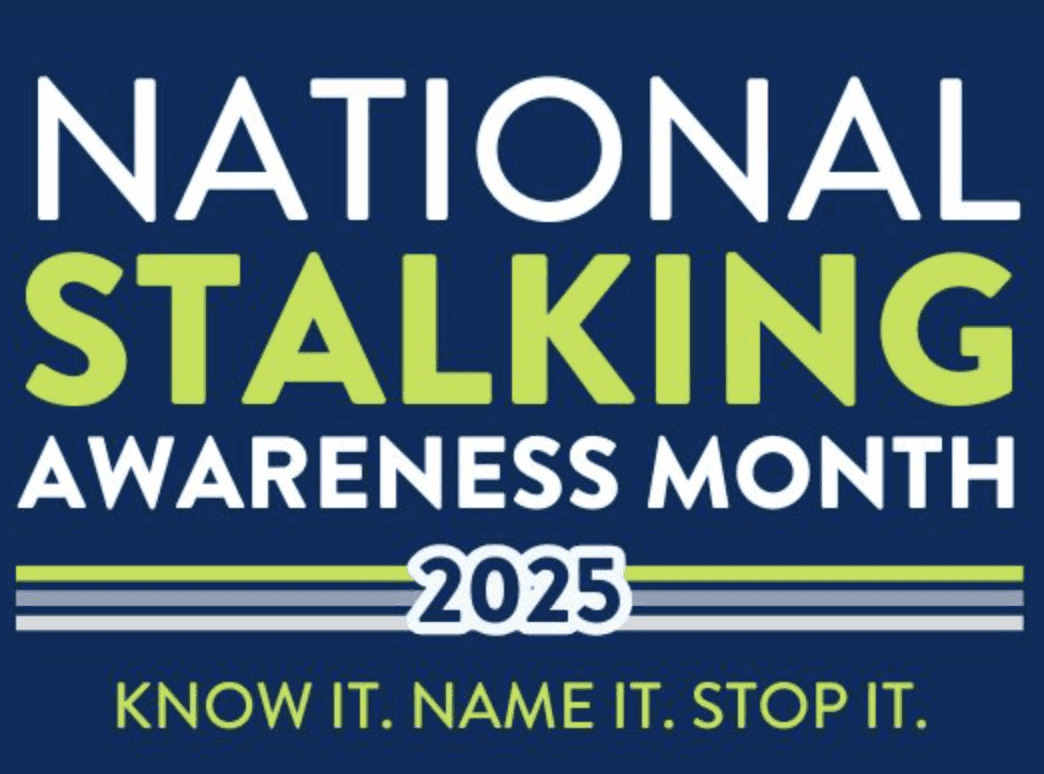By Sue Hubbard, M.D.
www.kidsdr.com
While it’s warming up here in Dallas, many parts of the country are still seeing chilly temperatures and even snow. Even so, I’m beginning to see typical spring illnesses like Fifth’s disease.
Fifth disease is a common viral illness seen in children, often in the late winter and spring. The typical patient displays a distinctive red rash on his/her face that makes the child appear to have a “slapped cheek.” At the same time, patients may also have a lacy red rash on their arms and legs, and occasionally even their trunks.
Fifth’s is also called erythema infectiosum, so named as it is the fifth of the six rash-associated illnesses of childhood. Fifth disease is caused by Parvovirus B19, a virus that infects humans. It is NOT the same parvovirus that can infect dogs and cats, so have no fear that your child will give it to their pet, or vice a versa.
In most cases, a child may have very few symptoms of illness other than the rash. In some cases, a patient may have had a low-grade fever, runny nose, or just a few days of not feeling well, and then the rash may develop several days later. The rash may also be so insignificant as to not be noticed. When I see a child with Fifth disease, it’s usually an easy diagnosis based on their few symptoms and the typical rash.
Although children with Fifth are probably contagious at some time during the illness, it’s thought that by the time the rash occurs the contagious period has passed. This is why you never know where a child contracted this virus (the incubation period is somewhere between 4-20 days after exposure). Parvovirus B19 may be found in respiratory secretions and is probably spread by person-to-person contact. During outbreaks, it has been reported that somewhere between 10 percent to 60 percent of students in a class may become infected.
Most adults have had Fifth disease and may not even remember it, as up to 20 percent of those infected with parvovirus B19 don’t develop symptoms.
Fifth disease is another one of those wonderful viruses that resolves on its own. I like to refer to the treatment as “benign neglect,” as there is nothing to do! The rash may take anywhere from 7 to 10 days to resolve. I do tell parents that the rash may seem to come and go for a few days and seems to be exacerbated by sunlight and heat. Therefore, it’s not uncommon to see a child come in from playing on a hot sunny day and the rash is more obvious on sun-exposed areas.
Occasionally, a child will complain of itching. You can use a soothing lotion such as Sarna or even Benadryl for relief. A cool shower or bath at the end of a warm spring day may work just as well.
Children who are immunocompromised, have sickle cell disease, or suffer from leukemia or cancer, may not handle the virus as well should be seen by their pediatrician. But in most cases there’s no need to worry about Fifth disease, so it’s business as usual with school, spring days at the park and holiday parties.
Dr. Sue Hubbard is an award-winning pediatrician, medical editor and media host. “The Kid’s Doctor” TV feature can be seen on more than 90 stations across the U.S. Submit questions at http://www.kidsdr.com. The Kid’s Doctor e-book, “Tattoos to Texting: Parenting Today’s Teen,” is now available from Amazon and other e-book vendors.



